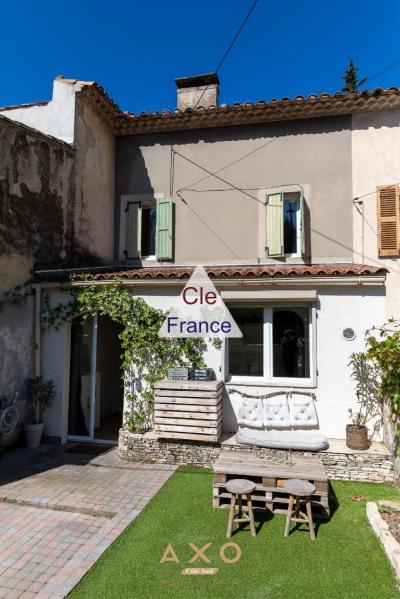Only An Au Revoir
La Saint-Sylvestre (New Year’s Eve) may be celebrated slightly differently in France, mais (but) there’s a song associated with la fête (the holiday) that is fairly familiar to tout le monde (everyone).
La chanson du réveillon de la Saint-Sylvestre (The New Year’s Eve song), Auld Lang Syne, is one that all anglophones know. It’s interesting to note that while les anglophones know the song and can sing along to it, most do not understand les paroles (the lyrics), because la chanson is not actually en anglais!
Auld Lang Syne was originally written in 1788 by le poète écossais (the Scottish poet), Robert Burns. Les paroles were written in Scots and set to une ballade écossaise (a Scottish ballad). La chanson quickly spread around l’Écosse (Scotland) and the rest of le monde anglophone (the English speaking world), and in the course of a few hundred years Auld Lang Syne became the traditional New Year’s Eve song it is today.
The Scottish origins of la chanson explain why most anglophones have trouble understanding les paroles, but translating the title from Scots to English makes the odd name easier to understand:
Auld Lang Syne
Long Long Ago (literally: Old Long Since)
La chanson traditionnelle (the traditional song) was translated into French in 1920 by Jacques Sevin, one of the cofounders of les Scouts de France (The Scouts of France). Outside of New Year’s celebrations, Auld Lang Syne is often song at Scouts events around the world.
La traduction (the translation) changes les paroles quite a bit, but successfully captures the spirit of old friends and saying goodbye. Even le nom de la chanson (the name of the chanson) is completely different, but the change keeps the feeling behind the song:
Ce n’est qu’un au revoir
It’s only a goodbye

In between making your voeux du nouvel An (New Year’s resolutions) and remembering the best of 2017, take a moment to celebrate la Saint-Sylvestre and sing Ce n’est qu’un au revoir en version francaise :
Faut-il nous quitter sans espoir,
Sans espoir de retour,
Faut-il nous quitter sans espoir
De nous revoir un jour
Do we have to leave without hope,
Without hope of returning,
Do we have to leave without hope
Of seeing each other some day
(Refrain)
Ce n’est qu’un au-revoir, mes frères
Ce n’est qu’un au-revoir
Oui, nous nous reverrons, mes frères,
Ce n’est qu’un au-revoir
(Chorus)
It’s only a goodbye, my brothers
It’s only a goodbye
Yes, we will see each other again, my brothers
It’s only a goodbye
Formons de nos mains qui s’enlacent
Au déclin de ce jour,
Formons de nos mains qui s’enlacent
Une chaîne d’amour.
Let’s make with our hands held together
At the end of this day,
Let’s make with our hands held together
A chain of love.
Unis par cette douce chaîne
Tous, en ce même lieu,
Unis par cette douce chaîne
Ne faisons point d’adieu.
Connected by this gentle chain
Everyone, in this same place,
Connected by this gentle chain
Do not bid farewell.
Car Dieu qui nous voit tous ensemble
Et qui va nous bénir,
Because God who sees us all together
And who will bless us,
Car Dieu qui nous voit tous ensemble
Saura nous réunir.
Because God who sees us all together
Knows that we will meet again.


Blog submitted by: Alex at The French Property Network - Cle France.






